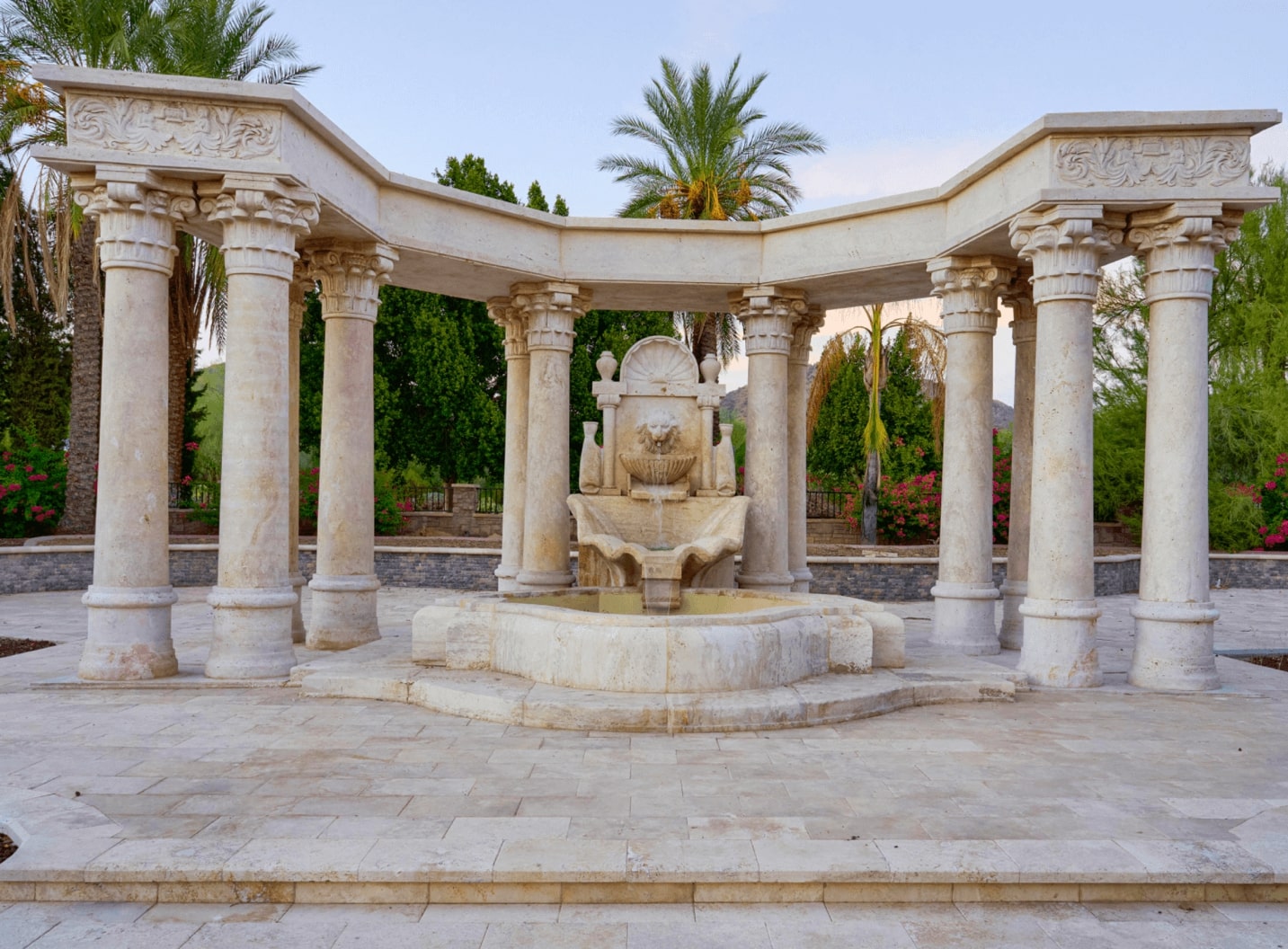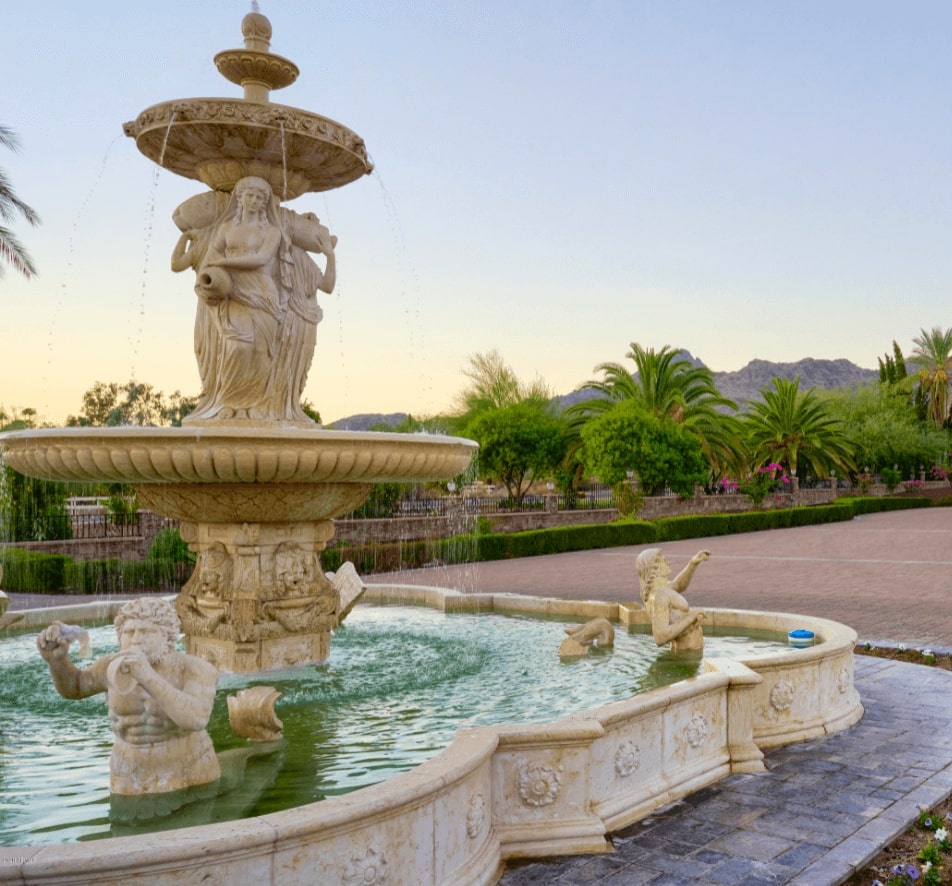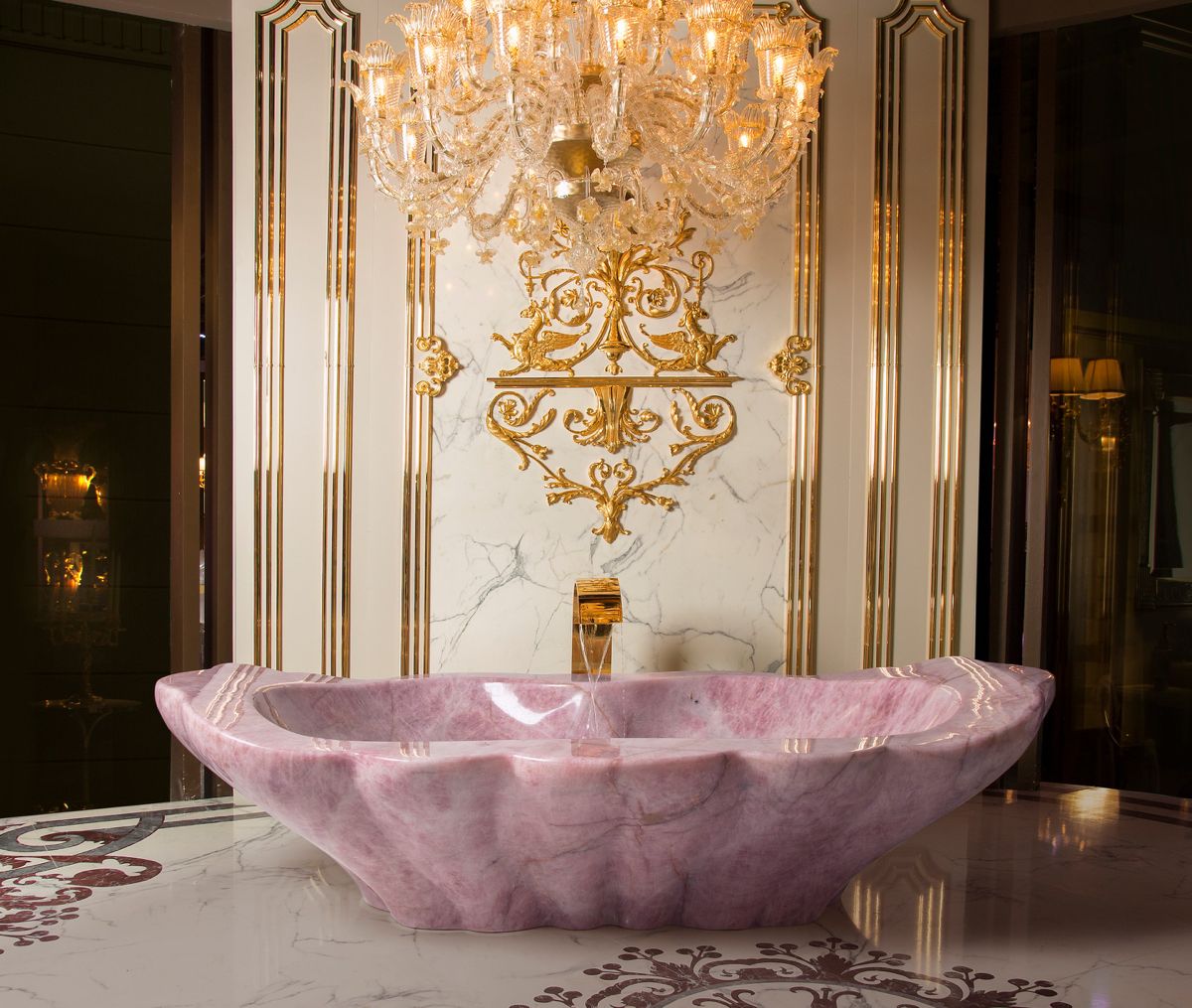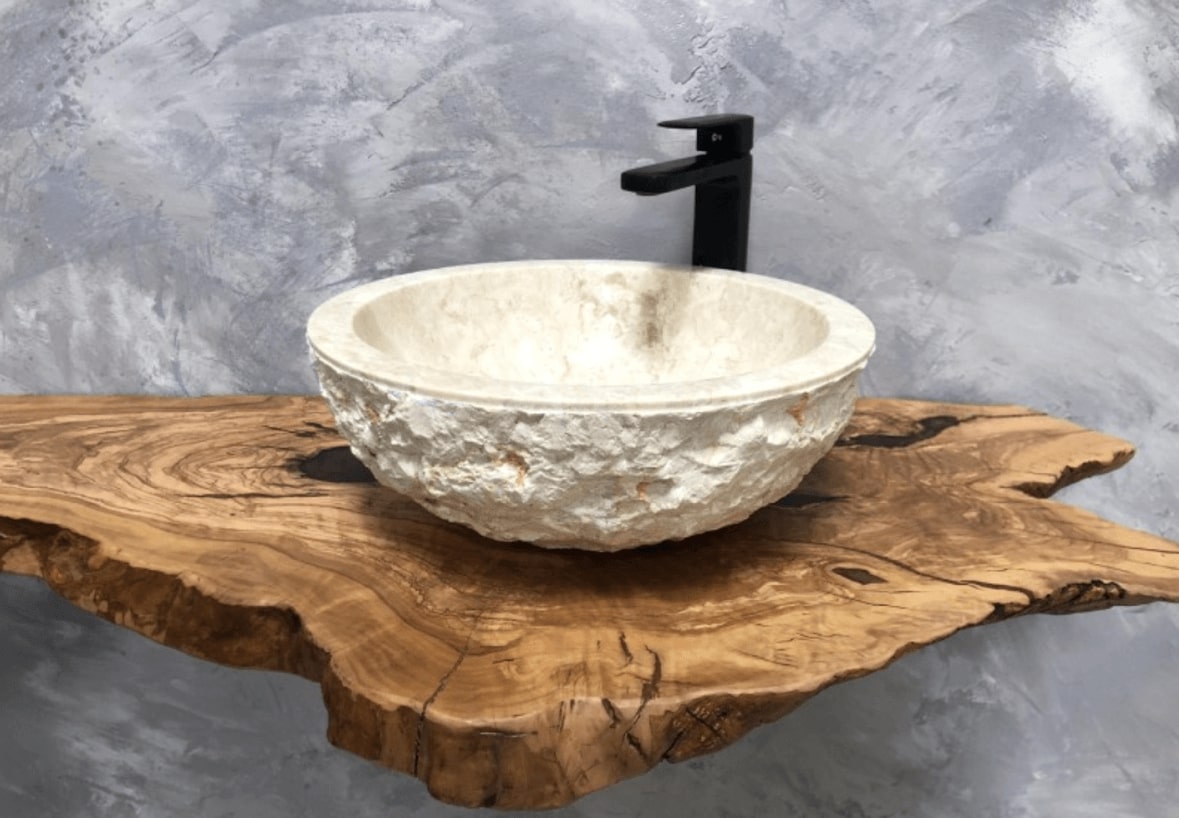Marble Cherub Statues: The Symbolism and Artistry of Angelic Beauty
Marble cherub statues, with their celestial charm, transcend mere sculptural beauty, becoming vessels of profound symbolism rooted in the depths of history and religion. In this exploration, we embark on a journey through the rich tapestry of cherub symbolism in art, unveiling layers of meaning intricately woven into these ethereal sculptures. Beyond their aesthetic allure, each cherub carries a narrative, a fusion of historical resonance and spiritual significance. As we delve into the nuanced world of cherub artistry, we unravel the threads that connect these celestial beings to the collective human experience, forging a timeless connection between the earthly and the divine.
Cherub Symbolism in Art
Cherubs, often depicted as angelic beings with childlike features, hold significant symbolic value in various cultures and religious traditions. In Christian iconography, cherubs are associated with divine messengers and guardians, symbolizing purity and innocence. The choice of marble as the medium for cherub statues enhances their ethereal quality, capturing the essence of celestial beings in a timeless form.
The artistic representation of cherubs in marble statues often involves meticulous attention to detail, capturing the innocence of childhood and the serenity of celestial realms. Examples such as Antonio Canova's "Cupid and Psyche" showcase the classical interpretation of cherubs, highlighting their role in conveying themes of love and transcendence.
Consider Gian Lorenzo Bernini's "Putti with Dolphin," a captivating marble sculpture portraying cherubic figures interacting with a playful dolphin. The fluidity of the marble captures the dynamic energy associated with cherubs, emphasizing their joyful and mischievous qualities. The image of this sculpture should be placed after introducing the section to provide a visual reference for readers.

During the Renaissance, marble cherub statues experienced a resurgence in popularity as artists drew inspiration from classical mythology and Christian symbolism. Botticelli's "The Birth of Venus" features cherubic figures surrounding the goddess, signifying their association with divine love and beauty. This period marked a harmonious blend of classical ideals and Christian iconography in cherub art.
Cherub symbolism in marble statues extends beyond aesthetics; it serves as a visual language conveying spiritual narratives and evoking timeless emotions. In the next sections, we'll further explore the artistic techniques, cultural impact, and diverse applications of these celestial sculptures.
Artistic Techniques and Styles
The allure of marble cherub statues goes beyond their symbolism; it resides in the skilled hands that shape them and the various artistic styles that bring them to life. In this section, we'll unravel the artistic techniques employed in crafting these celestial beings and explore the diverse styles that make each cherub statue unique.
The creation of marble cherub statues involves precise sculpting techniques that highlight the delicate features and celestial grace of these figures. Sculptors carefully carve the marble, revealing the innocence and charm associated with cherubs. Notable techniques include high-relief carving to accentuate details like feathers and flowing robes.
Cherub statues come in various artistic styles, each contributing a distinct charm. From classical renditions to more contemporary interpretations, the artistic styles shape the overall character of the cherub. For instance, classical cherubs often embody idealized beauty, while modern styles may explore more abstract or playful representations.
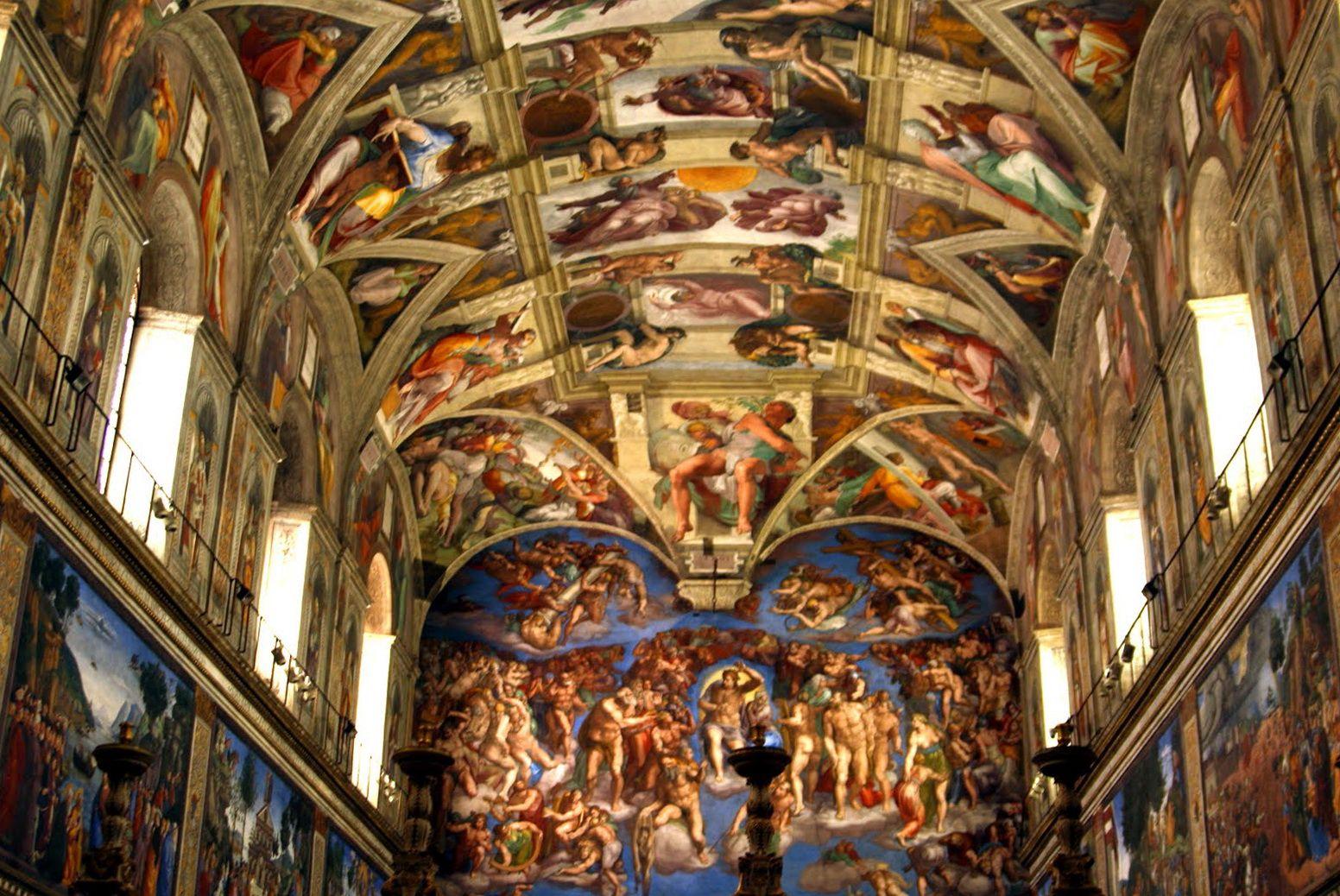
Explore the timeless beauty of classical cherubs in the works of Michelangelo, where the cherubic figures in the Sistine Chapel ceiling exemplify the grace and elegance associated with this style. Place an image of Michelangelo's cherubs after introducing the crafting techniques to provide a visual reference.
Contemporary artists often infuse their own flair into cherub statues, experimenting with different poses, expressions, and materials. An example is Jeff Koons' "Cupid's Kiss," a modern take on cherub art that reflects a playful and vibrant style. Insert an image of this contemporary cherub to showcase a more modern interpretation.
In the upcoming sections, we'll journey into the cultural impact of marble cherub statues and their historical significance, providing a holistic understanding of these celestial sculptures.
Cultural Impact and Historical Significance
Marble cherub statues, beyond their intrinsic beauty, have left an indelible mark on cultural landscapes throughout history. In this segment, we explore the profound impact of these celestial sculptures, tracing their historical significance and roles across diverse civilizations.
Cherub statues have served as silent witnesses to the ebb and flow of history, their cultural influence extending across epochs. From ancient civilizations to the Renaissance and beyond, cherubs have adorned sacred spaces, reflecting evolving perceptions of divinity, love, and innocence.
Cherubs, or similar celestial beings, appear in various forms across cultures. In ancient Mesopotamia, winged deities echoed cherubic symbolism, while Greco-Roman mythology featured winged cupids akin to cherubs. The consistent presence of such figures underscores the universal appeal of cherubic symbolism.
In Christianity, cherubs became central to artistic expressions of faith. The Renaissance witnessed a resurgence of cherubic representations in religious art, with these celestial beings adorning churches and cathedrals. The symbolic purity and innocence of cherubs found resonance in the Christian narrative.
The Renaissance, marked by a revival of classical art and ideals, saw the resurgence of cherub statues. Artists like Raphael and Botticelli incorporated cherubs into their masterpieces, infusing new life into these celestial figures. The cherub's association with divine love became a prevailing theme in Renaissance art.
The Baroque and Rococo periods witnessed a flourishing of cherubic art. Elaborate sculptures and paintings adorned palaces and gardens, portraying cherubs in various poses. These artistic expressions reflected not only religious themes but also the whimsical and ornate aesthetic of the time.
Marble cherub statues have played pivotal roles in shaping cultural narratives and artistic expressions throughout history. From ancient symbolism to the Christian iconography of the Renaissance, these celestial beings continue to captivate hearts and minds, leaving an enduring legacy that transcends time and cultural boundaries. In the subsequent sections, we'll explore the versatile applications of cherub statues, from gardens to architectural designs.
Cherubs in Gardens and Architecture
The presence of marble cherub statues extends beyond gallery walls, gracing outdoor spaces and architectural designs with their timeless charm. In this section, we'll explore how these celestial beings find a harmonious place in gardens and architectural compositions, adding a touch of ethereal beauty to the natural and built environment.
Marble cherub statues, with their angelic allure, have found a natural home in gardens and outdoor settings. These celestial sculptures, often strategically placed amidst lush greenery and vibrant blooms, contribute to the serene ambiance of outdoor spaces, creating a symbiotic relationship between art and nature.
In gardens, cherub statues become integral elements of aesthetic compositions. Whether positioned as focal points, peeking through foliage, or adorning fountains, they infuse a sense of whimsy and classical elegance. The juxtaposition of the timeless marble against the ever-changing backdrop of nature creates a captivating visual dialogue.
Cherub statues, with their grace and charm, serve as architectural embellishments, adorning facades, gateways, and interior spaces. In architectural designs, cherubs often contribute to the overall narrative, embodying themes of love, innocence, and divine protection. Their presence transcends mere ornamentation, becoming integral to the structure's visual language.
Consider the iconic Medici Fountain in the Luxembourg Gardens in Paris, where cherub sculptures grace the fountain's basin, adding a touch of enchantment to the surrounding greenery. Another example is the Boboli Gardens in Florence, where cherub statues adorn the garden's pathways, creating a harmonious blend of art and nature.
Architectural marvels like the Palace of Versailles feature cherub sculptures as ornamental elements, enhancing the grandeur of the structure. Cherubic motifs in architectural details, such as balustrades, keystones, and decorative moldings, contribute to the overall visual narrative of the building.
Marble cherub statues, with their versatility, seamlessly integrate into both natural and constructed environments. Whether gracing gardens with their timeless elegance or adorning architectural masterpieces, these celestial beings add a layer of enchantment to the spaces they inhabit. In the final section, we'll delve into the art of collecting and preserving cherub statues, exploring the value and significance they hold for collectors and enthusiasts alike.
Collecting and Preserving Cherub Art
As marble cherub statues continue to captivate hearts with their celestial allure, this section delves into the art of collecting and preserving these timeless masterpieces. From understanding their value to ensuring their longevity, cherub art enthusiasts embark on a journey of appreciation and conservation.
The value of cherub art extends beyond monetary considerations; it encapsulates historical, artistic, and sentimental worth. Collectors often seek pieces with unique artistic styles, historical significance, or those crafted by renowned sculptors. Each cherub, with its individual charm, becomes a cherished piece in a collector's ensemble.
Cherub statues, reflecting the spirit of their creation era, carry historical significance. Collectors may covet pieces from specific periods, such as the Renaissance or Baroque, appreciating the nuances of artistic expression and cultural influences embedded in each sculpture. Understanding this historical context enhances the value of the collected pieces.
Preserving the pristine beauty of marble cherub statues requires careful attention to conservation practices. Avoiding exposure to harsh weather conditions, implementing regular cleaning routines, and employing expert restoration when necessary are vital aspects of ensuring the longevity of these delicate sculptures. Preservation maintains their aesthetic integrity and cultural value.

Collectors often approach the display of cherub art with artistic sensibility. Placing these sculptures in indoor spaces where they are shielded from environmental extremes ensures their preservation. Consideration of lighting, spatial dynamics, and thematic arrangement contributes to a captivating and harmonious display that enhances the visual impact of the collection.
Enthusiasts and collectors often participate in auctions and markets dedicated to cherub art. These events provide opportunities to acquire unique pieces, connect with other collectors, and stay abreast of emerging trends in the cherub art market. Auctions featuring works from renowned sculptors can be particularly sought after.
In the realm of cherub art, collecting goes beyond amassing statues; it becomes a curated journey of appreciating the celestial beauty embodied in each piece. Preservation efforts ensure that these timeless sculptures continue to enchant generations to come. As we conclude our exploration, the enduring legacy of marble cherub statues persists, captivating hearts and minds with their ethereal charm.
Conclusion
In the realm of cherub artistry, we've embarked on a journey through the celestial charm and profound symbolism embodied in marble cherub statues. These ethereal sculptures, transcending mere beauty, have woven a rich tapestry of historical significance, artistic techniques, and cultural impact throughout the ages.
As we conclude this exploration, the timeless allure of cherub statues persists, captivating hearts and minds with their transcendent beauty. Beyond galleries and museums, these celestial beings find a harmonious place in gardens, architecture, and the cherished collections of enthusiasts.
In celebrating the art of cherub statues, we invite you to elevate your living environment with the timeless elegance of customized marble statues. Our partner, Classybath Stone Tubs, specializes not only in exquisite stone tubs but also in crafting personalized marble statues for indoor and outdoor decoration.
Much like the dedication of sculptors shaping raw marble into masterpieces, Classybath Stone Tubs merges traditional craftsmanship with modern design sensibilities. Each customized marble statue is a unique work of art, adding a touch of celestial beauty to your surroundings.
In the grand tapestry of art, from cherub sculptures to bespoke creations by Classybath Stone Tubs, the journey continues—a celebration of creativity, craftsmanship, and the enduring legacy of beauty. Enrich your space with the celestial allure of customized marble statues, where art and elegance converge in a timeless embrace.
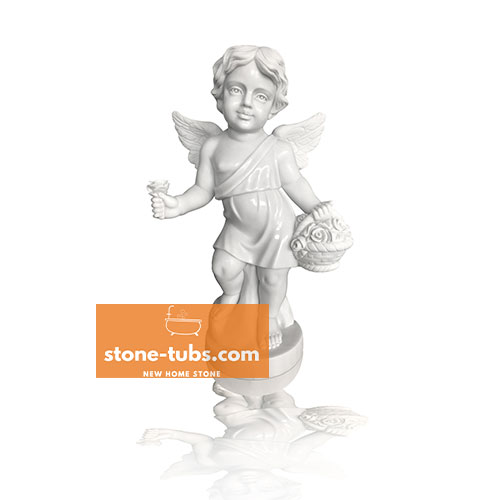
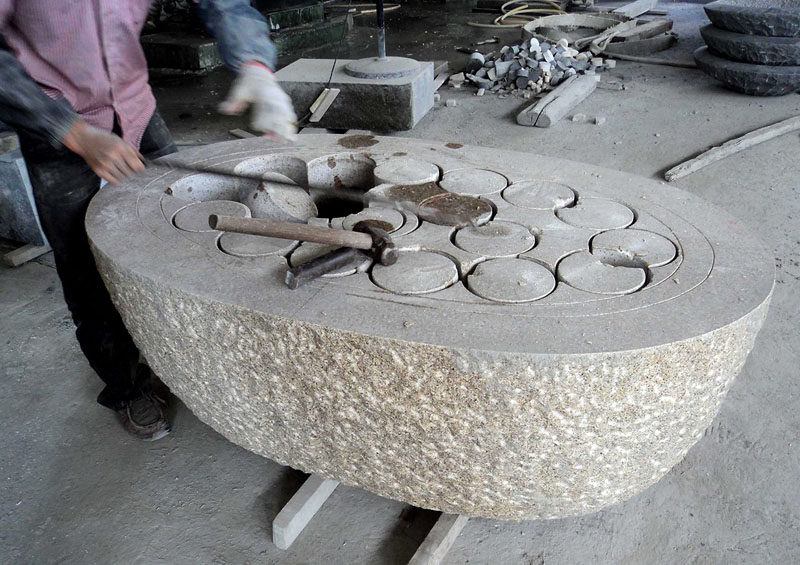
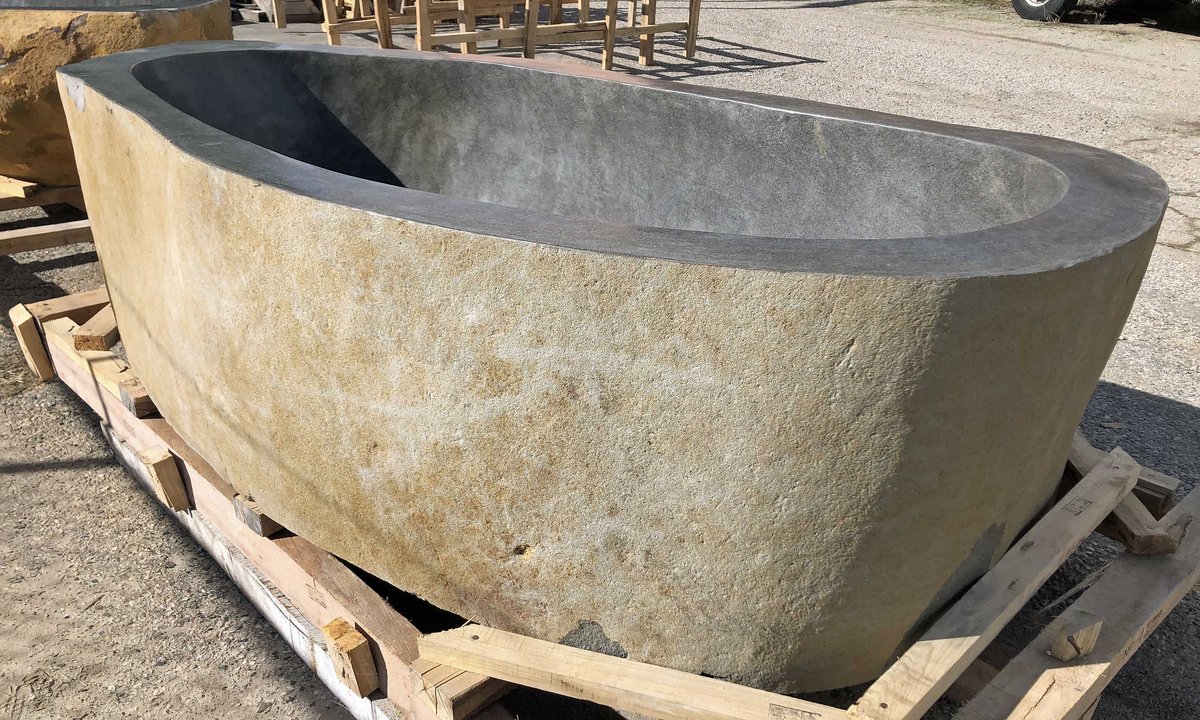
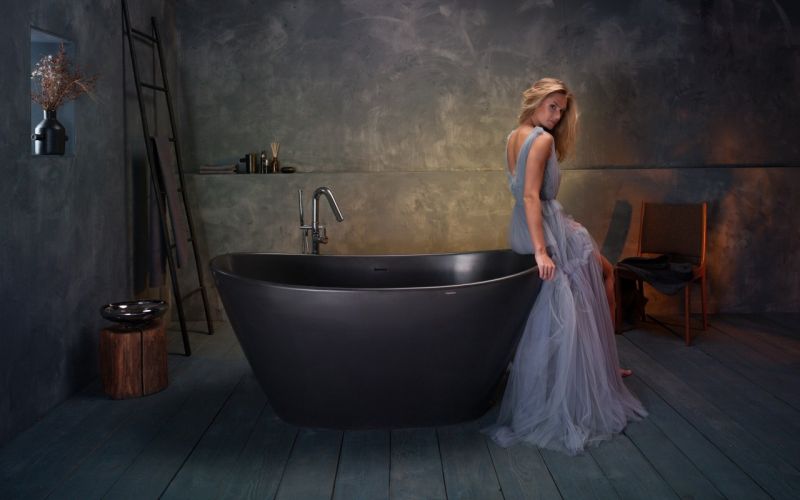


.png)
